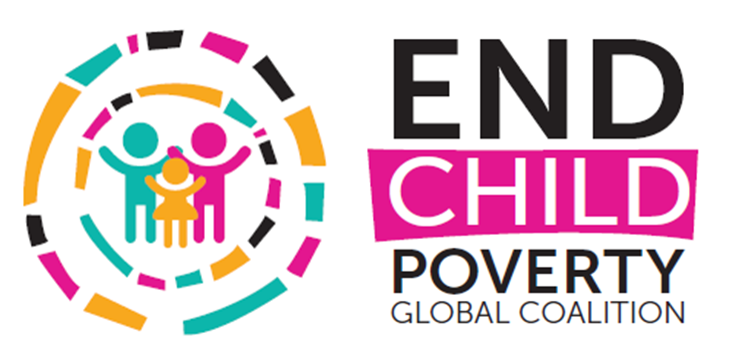By Alberto Minujin, Executive Director, Equity for Children, together with Veronica Bagnoli Fernandez, Annel Cabrera, Samantha Cocco-Klein and Beatrice Mauger
Over half of the world’s people – including more than one billion children – now live in cities and towns. These figures are set to increase in the coming years. By 2030, the majority of the world’s urban population will be under the age of 18. At the same time, many children growing up in cities lack access to basic services and are unable to enjoy the ‘urban advantage’. Everything is there, just not for them.
In comparison to their rural peers, urban children can at first appear to be doing better. However, when urban data is disaggregated, greater income inequality emerges. Moving into cities does not automatically entitle children and their families to access better or more socially and economically inclusive lives. In Latin American cities, one in every three children grows up in precarious households while in a large metropolis such as New York, 30 percent of all children live in poverty. Children and adolescents living in poor urban areas of Latin America, Africa and Asia-Pacific, are unable to access the services and quality of life that urban living is expected to facilitate, specifically in regards to housing conditions, infrastructure and access to services.
At the same time, 70 percent of global GDP is generated in urban areas. Cities are increasingly “formidable engines to achieve development” and incubators for sustainable development, with the capacity to cultivate solutions that resolve poverty, social inequalities and even climate change. When cities become a space where equity is possible and children make up the majority of the urban population, then we must ask ourselves: How are children faring in their rights to the city and in their potential?
In the aftermath of the United Nations Conference on Housing and Sustainable Urban Development, Habitat III, urban areas are seen to hold the key to ending extreme poverty, and by extension, reducing inequalities for children. A new report from Equity for Children provides recommendations and concrete examples on how the New Urban Agenda can be implemented so that reducing poverty and inequities for children is front and center.
This publication, Addressing Urban Inequities and Childhood: Advancing the Agenda for Children and Cities, is based upon conversations and discussions held at Equity for Children’s April 2016 Urban Inequities and Children Conference at The New School in New York City. During the two-day event, nearly 100 international researchers, government representatives, foundations, advocates and practitioners deliberated about underlying local challenges facing urban children from the ages of birth to five, and highlighted possible solutions. The conversations were framed around the following questions: How can children’s equity be successfully incorporated into urban agendas? How can early childhood equity be successfully integrated into the Mayor’s Office agenda on urban planning and design? How can actions to improve child wellbeing and equity positively impact the broader urban population and society in general? How can we better identify urban planning initiatives and other changes affecting cities that also benefit early childhood?
Read the full conference report here.
Find out about Equity for Children’s Five Recommendations to include children's voices in the urban agenda here.
Watch the conference videos here.

